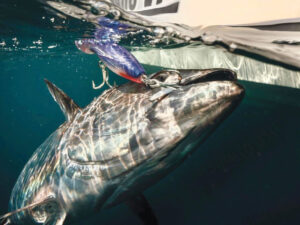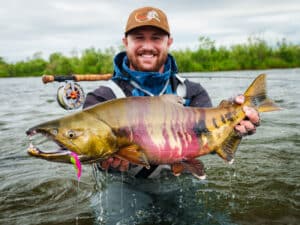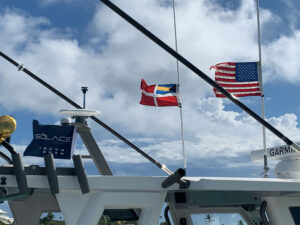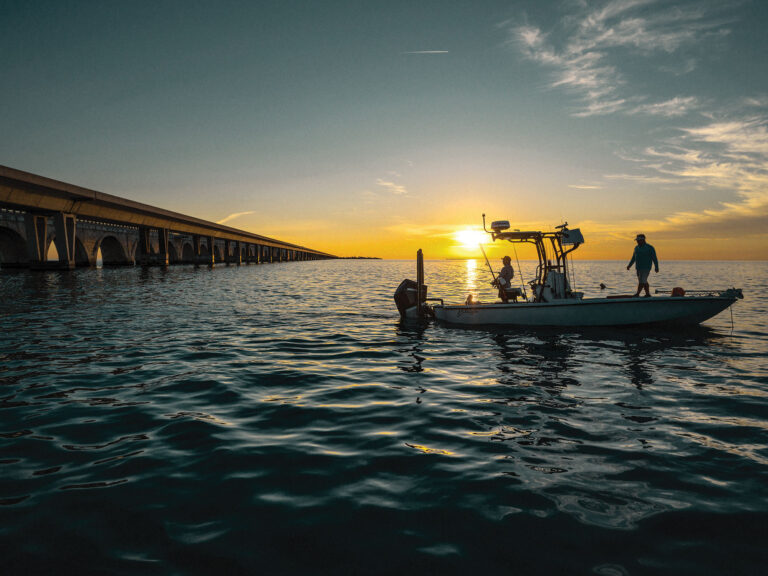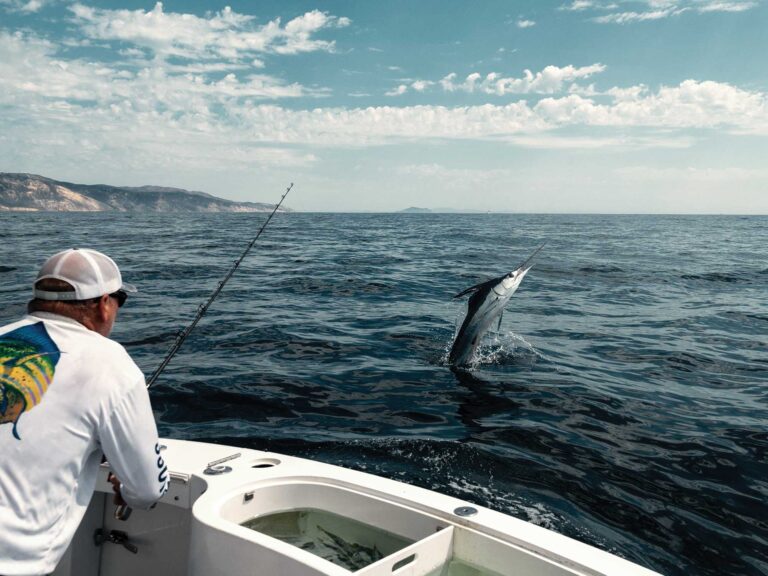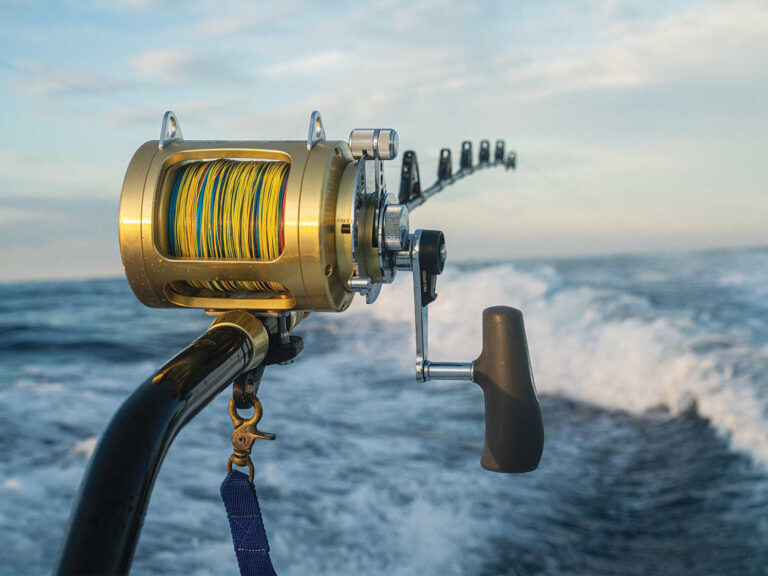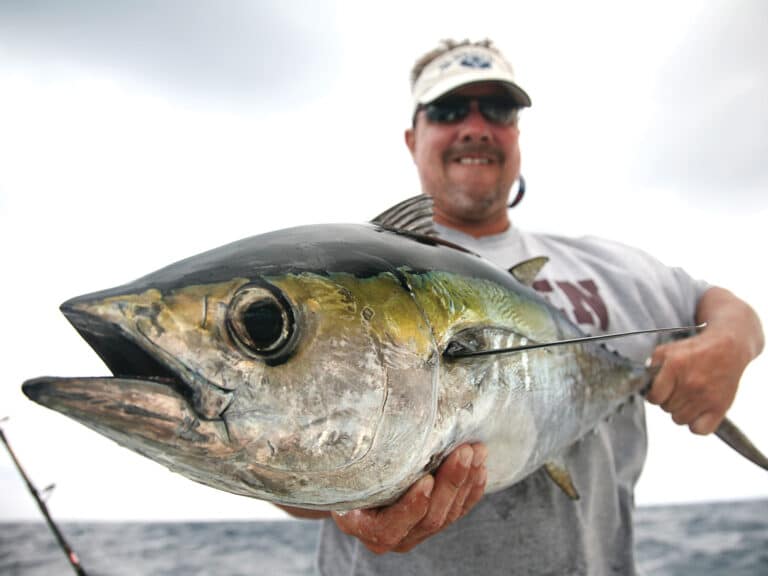NOAA has completed additional analyses of fish, water, and sediment samples collected from coastal and offshore marine waters of the Gulf of Mexico two weeks after hurricane Katrina, September 12 16. The latest tests were conducted to determine the level of fish, water, and sediment exposure to bacteria and to determine the level of exposure to pesticides and other contaminants, such as PCBs and DDTs. Last week, NOAA tests of these same fish found no oil contamination.
The 154 fish and crab samples harbored no E. coli (Escherlchia coli), a bacteria associated with human or animal fecal contamination. Additional testing on shrimp samples taken from Mississippi Sound is ongoing.
Analyses of water samples for indicators of human sewage or agricultural runoff found levels that are below the Environmental Protection Agency’s safety limits for bathing beaches. These limits constitute the most stringent government standard for recreational waters.
Fish muscle tissue analyzed for pesticides and other industrial chemicals, such as PCBs and DDTs show very low levels that are likely not related to hurricane runoff. The levels of PCBs ranged from 2.5 -15 parts per billion and the levels of DDTs ranged from 0.8 – 2.2 parts per billion. The PCB levels found in these samples are far below the Food and Drug Administration’s safety standards for commercial seafood, and are similar to levels detected in fish in non urbanized areas. (FDA’s PCB limit is 2000 ppb, and their DDT limit is 5000 ppb).
Nevertheless, the public may wish to consult their state or local health agencies or the EPA’s more stringent guidance on consumption frequency for non-commercial seafood when contaminants are present. This advice is particularly relevant for recreational and subsistence fishers that repeatedly harvest seafood from the same area. Analyses show no detectable level of brominated flame retardants (PBDEs) in most fish samples.
Sediment analyses found that three of eight offshore marine sediment samples contained greater than 15 E. coli cells per gram and one contained about 36 Enterococcus cells per gram. Like E. coli, Enterococcus is a bacteria normally found in feces of people and many animals. While testing positive for the presence of these bacteria, the levels are considered low. However, no data or standards currently exist regarding the public health risk of these two bacteria found in marine sediments.
NOAA announced on September 29 that the first tests showed no elevated exposure to hydrocarbon contaminants, which are common in marine life after exposure to oil spills. Agency scientists collected this first round of samples from aboard the NOAA research vessel Nancy Foster September 12 16.
The vessel sailed from Pensacola, Fla., along the coastlines of Alabama and Mississippi, and then around the southern tip of Louisiana at the mouth of the Mississippi River and back.
During the cruise, oceanographers, toxicologists and microbiologists collected water, fish, and sediment samples to determine whether hurricane Katrina released elevated levels of viruses, bacteria, and toxic materials in the ocean. NOAA will continue to collect and test samples over the next two months to monitor for changes in contaminant and bacteria levels. The second round of samples was collected last week and testing is currently underway. Sampling has been extended to the coastal and offshore areas affected by Hurricane Rita.
NOAA’s environmental impact research is part of a government wide effort to keep the American people safe and to help stabilize the region’s economy in the aftermath of the Gulf hurricanes. The area is known for its valuable seafood production and coastal way of life.
NOAA also is conducting a comprehensive analysis of fishing infrastructure damage caused by the hurricanes. The agency has teams surveying the region’s fishing fleets, seafood processing plants, fish markets and bait shops. The survey will take months to complete, although NOAA will release preliminary information as it becomes available.
NOAA Fisheries Service is dedicated to protecting and preserving our nation’s living marine resources and their habitats through scientific research, management and enforcement. NOAA Fisheries Service provides effective stewardship of these resources for the benefit of the nation, supporting coastal communities that depend upon them, and helping to provide safe and healthy seafood to consumers and recreational opportunities for the American public.
_
The National Oceanic and Atmospheric Administration, an agency of the U.S. Commerce Department, is dedicated to enhancing economic security and national safety through the prediction and research of weather and climate related events and providing environmental stewardship of our nation’s coastal and marine resources. Through the emerging Global Earth Observation System of Systems (GEOSS), NOAA is working with its federal partners and nearly 60 countries to develop a global monitoring network that is as integrated as the planet it observes._

